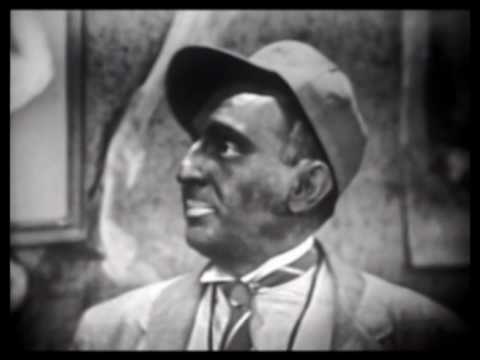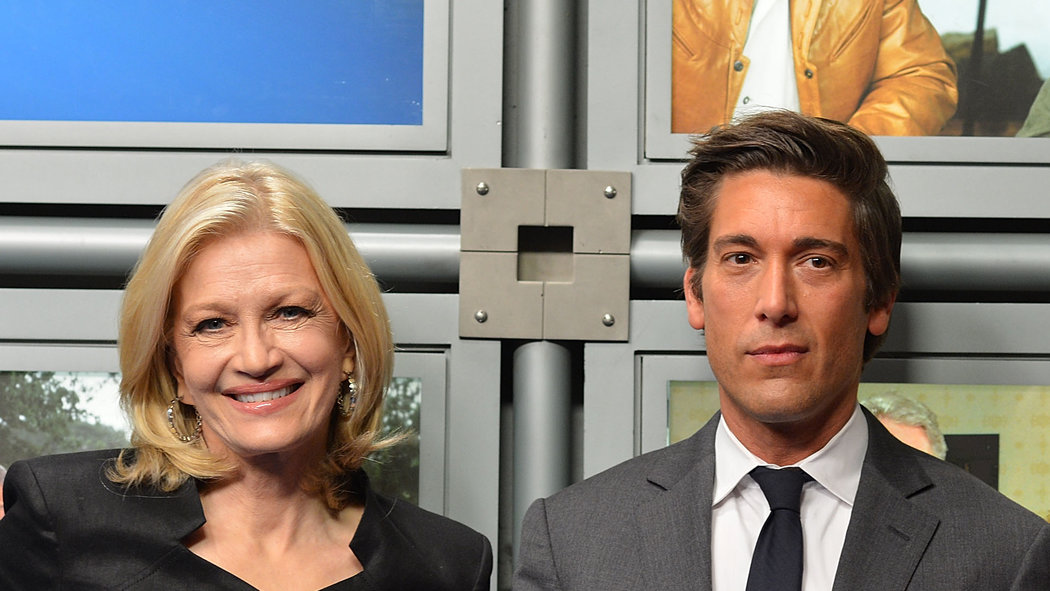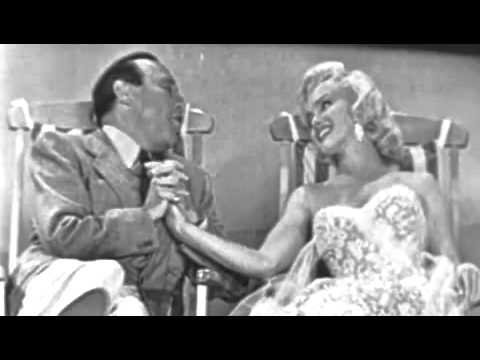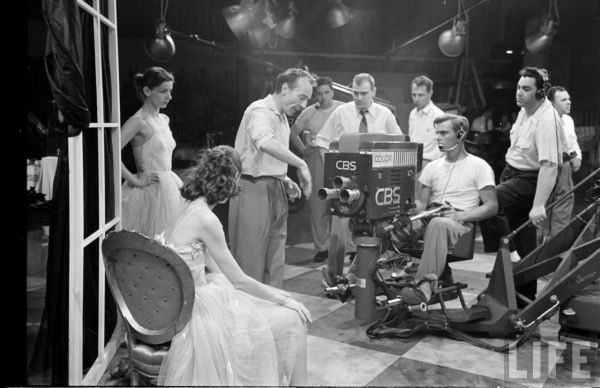Carson was more than just an editor of other people’s jokes—he was a good comedy writer on his own. It was no accident that his thesis at the University of Nebraska had been “How to Write Comedy Jokes,” narrated on tape with examples from the famous comics of the day: Bob Hope, Milton Berle, Jack Benny, and others. “He was able to choose the jokes that really worked,” Simon says. “They weren’t dealing with family—he wanted to deal with what it was like to live in the city during the 60s.”
Often the opening monologue made fun of the downside of what New York’s Mayor John Lindsay had christened Fun City—the muggings, the garbage strike, the blackouts. Cavett recalls writing a number of jokes for Carson on urban decay. To an out-of-towner who bragged on an audience card, “My hometown of Cincinnati has much cleaner streets than New York, signed Miriam,” he answered, “Pompeii, after Vesuvius went off, had cleaner streets than New York.” He joked about the city’s high crime rate: “New York is an exciting town where something is happening all the time—most, unsolved.” Not even New York’s weather was immune to ridicule—“It’s so cold here in New York that the flashers are just describing themselves.”
Unfortunately, Carson’s nightly poking fun at New York helped define the city for the American heartland. Even Mayor Lindsay got in on the act on one show, describing a computer-dating machine set up in Central Park where a bachelor deposits his quarter and tells the machine, “I’m sensitive, I’m single, I’m rich,” whereupon the machine mugs him. The jokes got so relentless that the builder Lew Rudin and the president of the New York City Council complained to NBC executives about the bad press Carson was giving New York.
He smoked throughout the show. “That was the sign of being an intellectual” in the 60s, recalls Simon. “Edward R. Murrow smoked, Leonard Bernstein smoked—two of Carson’s role models.” He wanted to be equal to the city that was hosting him.
Carson was always pushing boundaries, negotiating with NBC as to what he could say on the air. On one show he appeared in his undershorts, joking that NBC had taken everything away from him. He was very conscious of who owned the show, until the mid-1970s, when he wrested control from the network. Besides benefiting financially from the show’s distribution and syndication, making Carson a very wealthy man, he now had a major say as to who would follow him on the air at 12:30 A.M. In the 1980s, observes Simon, “no host of any other NBC property ever received such a privilege.”
Carson also showcased a lot of eccentrics. Both the zenith, and the nadir, was the on-air marriage of Tiny Tim and Miss Vicki. The ukulele-plucking oddball known for his trilling, falsetto version of “Tiptoe Through the Tulips” had been a fixture of bohemian nightclubs in Greenwich Village. It was the moment reality television was born. They were married on the air on December 17, 1969, and it was the most-watched event in the history of late-night television until Johnny’s final show, on May 22, 1992. “There was no tougher ticket in New York than a place in the audience for The Tonight Show that evening,” wrote Laurence Leamer in King of the Night, his 1989 biography of Carson. Carson’s stalwart sidekick, Ed McMahon, set the tone for the nuptials: “We cordially request the pleasure of your company at the marriage of Tiny Tim and Miss Vicki right here on The Tonight Show. But right now, here are some words of wisdom from Pepto-Bismol tablets.”
Throughout it all, Carson lived high above the mean streets of New York. Dick Cavett remembers Carson’s first apartment, at 1161 York Avenue, as a “four-bedroom bachelor pad over the river with his telescope there, [which he] claimed he used for astronomy.” He had a car and driver available day and night. In the mornings he would play tennis alongside Mayor John Lindsay at the Vanderbilt Club, in the Grand Central Terminal Annex; later in the day he’d make the rounds—Patsy’s, Toots Shor’s, ‘21,’ Le Club, Danny’s Hideaway, even the Playboy Club. Like a true midwesterner, he was a meat-and-potatoes man his whole life and loved the row of steak houses between Lexington and Second Avenues in the East 40s—Colombo’s, the Palm, Pietro’s, Joe and Rose’s, the Pen and Pencil.
His favorite watering hole, though, was Danny’s Hideaway. He enjoyed the company of manly men such as writer George Plimpton, recalled Henry Bushkin, Carson’s legal consigliere for 18 years, who recently published Johnny Carson, a lively and revealing memoir of his time with the talk-show host. “I’ll say one thing for Carson,” Bushkin recently told V.F. while sipping a drink in Peacock Alley, in the Waldorf-Astoria. “In those days he always picked up the check.” The exception was at Danny’s Hideaway—“Danny would never let Carson pay.”
In 1963, after less than a year as host of The Tonight Show, Carson married his second wife, Joanne Copeland, at Norman Vincent Peale’s Marble Collegiate Church, on Fifth Avenue. Joanne was a former Pan Am stewardess, back when being a stewardess was considered a glamorous job. She had barely finished redecorating the York Avenue apartment when the Carsons had dinner with producer and television host David Susskind and his wife, Phyllis, at their co-op apartment at the U.N. Plaza. The two towers rose up 38 stories at First Avenue and 49th Street, with panoramic views of the city. “You have to move here,” Susskind told Carson. “How can you not wake up happy living here?”
Despite his success, Johnny Carson rarely woke up happy. He usually woke up hung over. But move they did, into a posh duplex apartment in the west wing of the U.N. Plaza with an even more breathtaking view than the Susskinds’. The nine-room apartment, with its dark, wood-paneled living room, cost $173,000. They moved in with eight color television sets and 16 phones. The World Wildlife Fund would not have approved of Joanne’s decorating scheme—wolf in the living room, cheetah in the foyer, and lamb in her dressing room.
Despite its luxurious décor and staggering views, the U.N. Plaza apartment was a home few people were allowed to visit. When Joanne threw a surprise birthday party for her husband one year, only eight people were invited. “Johnny packs a tight suitcase,” Ed McMahon confided to Nora Ephron. “You won’t get in.” In fact, Bushkin was astonished to hear himself described by Carson as his “best friend” in Kenneth Tynan’s February 1978 profile of the comedian in The New Yorker.
Carson and McMahon, who had taken his rolling *r’*s with him from Who Do You Trust? to The Tonight Show as Johnny’s announcer and second banana, would do their serious drinking at P. J. Clarke’s, Sardi’s, and Trader Vic’s, inside the Plaza hotel. Carson’s drinks of choice were vodka sours and J&B scotch and water. One night at Danny’s someone came over and apologized to Johnny for seating him in the wrong room. “ ‘Whatever room I’m in is the right room,’ he said.”
Another favorite watering hole was Jilly’s Saloon, on 52nd Street at Eighth Avenue, known to cater to celebrities and mobsters, and owned by Jilly Rizzo, Frank Sinatra’s boyhood friend. According to Bushkin it was at Jilly’s that Carson was thrown down a flight of stairs for chatting up a mobster’s girlfriend, resulting in injuries that put him out of commission and off the show for the next three nights.
Then there was the time the novelist Jacqueline Susann, known for her racy novels such as Valley of the Dolls, threw a drink in Carson’s face. It happened one evening at Voisin, on the East Side. Carson, a gifted magician, sat drinking and doing card tricks with a small group. Susann was Joanne’s friend, and beside the two women at the table was prizefighter Rocky Graziano, as well as the wife of Rudy Vallée. No one recalled what was said, but after a few of Johnny’s jokes fell flat, as Nora Ephron later wrote, he started insulting the best-selling novelist, who had often been a guest on his show. “You are unbearably rude,” Susann supposedly said. “You’re not that great a comedian.” And like something out of a John O’Hara novel, she flung the contents of a Black Russian—a mix of vodka and Kahlua—into Johnny’s face.
Carson couldn’t have been too surprised—he’d already witnessed the vicious running feud Susann and Truman Capote had aired on The Tonight Show in 1969. Capote had slighted Susann’s literary abilities, and Susann retaliated by mocking his effeminate mannerisms and high-pitched voice. Capote’s turn came again when he next appeared on the show and described Susann as looking like a “truck driver in drag.” And then he went on the show a second time to apologize . . . to the truck drivers!
For the first year as host of The Tonight Show, Carson was paid just over a reported $100,000 annually for five 105-minute appearances each week. By 1980, in Los Angeles, when he would drive himself to work in his Corvette down the Pacific Coast Highway, he was making $25 million a year, working one hour a night, three nights a week, 37 weeks a year. It was good to be king of late night. Frank Sinatra once admitted that he admired many things about Johnny Carson, but he envied him his bank account.
Despite all the mishaps, those early days were heady times for Carson and his cohorts. “We were all young. It was all new,” Zanella reminisces. “He wasn’t a superstar yet. It was all Christmas presents and parties with the band, and it was fun; there were three marriages within the staff, and relationships, and then in Los Angeles, it became a business. It all changed once he became a superstar.”
As much as he enjoyed the city’s nightlife, Carson was never comfortable meeting the public. As Nora Ephron noted, “He was called New York’s most reluctant celebrity, second only to Greta Garbo.” Ephron described his life then as spent “rushing from his limousine to the NBC elevator.” But that didn’t keep him from tasting all New York had to offer. He kept a 42-foot Owens Cruiser named The Deductible, which he would take out on the Hudson River, one of the few places in the city he could find solitude. From the pitcher’s mound at Yankee Stadium, he tried throwing a curveball to Mickey Mantle. Once he got his pilot’s license, the Cessna Corporation gave him a plane. He brought his midwesterner’s love of football to New York, attending the New York Giants’ games at Yankee Stadium. He perfected the art of hiding in plain sight, telling Ephron, “At Giants games, nobody sees me . . . nobody bothers me. I’ve had the same seat for seven years and they leave me alone.”
As early as October 1965, three years after taking over The Tonight Show, the New York Daily News would write that Johnny Carson had “the most familiar face in America.” Two years later, he was on the cover of Time, described as “master of the thousand takes. He’s got a Jack Paar smile, a Jack Benny stare, a Stan Laurel fluster.”
For almost a decade, Carson ruled late-night television. But by the end of the 60s, the late-night neighborhood began to get a little crowded. Joey Bishop tried to give him a run for his money before flaming out after a brief stint on ABC. Merv Griffin moved to CBS and would be on the air every night at 11:30. Carson’s former monologue writer Dick Cavett flourished with his more intellectual show, which ran for five years on ABC. Everyone was going after the same talent, and the same guests were appearing on all the shows. Tonight Show producer Freddie de Cordova felt that they had exploited all the New York talent, and he convinced Carson that he should move to Los Angeles. What may have helped persuade Carson to decamp were the dissolution of his marriage to Joanne and meeting his soon-to-be third wife, Joanna Holland, a 32-year-old model. California would represent a new life, and a new wife, for the 46-year-old television star.
So “The Great Carsoni” pulled off an amazing disappearing act: he left New York, and the show began broadcasting from Burbank on May 1, 1972. Television had come of age in New York, but it had decided to grow old in California.
“When he moved to L.A. he was very, very concerned that it was a creative mistake,” recalls David Steinberg, who began his long and successful career as a comedian on The Tonight Show in 1968, when it was still broadcast from New York. (Steinberg’s extraordinary rapport with Johnny would see him appear a staggering 130 times on the show, bested only by one of Carson’s idols, Bob Hope.) “California was a better decision for his life, but he was never sure that it was better for the show. The Tonight Show represented New York, the glamour and sophistication of Broadway as it was then. I think Johnny missed it. He was still excited by his stardom in New York,” explains Steinberg, who has brought his own comedic gifts as a television director to episodes of Seinfeld, Friends, and Mad About You, as well as the occasional Curb Your Enthusiasm.
Marshall Brickman observes that the show had a different feel once it moved west. “The prior show had that New York DNA. When he went out to California, there was no sense of compression at all. You know, 6B [in New York] is a small studio. I don’t know if it held 400. It was originally a radio studio, was it not? But out there in Burbank on Alameda, there was a big barn into which they put bleachers, so it was less like theater.”
The show was taped earlier in Los Angeles, first at 6:30 and then at 5:30, so it was more Blue Plate Special than Happy Hour. Perhaps it was the seven P.M. taping in New York that had inspired Carson to be more spontaneous and risqué—no wonder the New York shows seemed sexier.
Brickman remembers the trip from his apartment on West 67th Street down to 50th and Sixth Avenue, and “going in the NBC entrance at Rockefeller Center, or Radio City, as they called it. It was architecturally spectacular, and you go up in these very classy wood-paneled elevators—and you’re really in the center of New York, which feels like the center of the world. When you’re out in California, you drive on the freeway. You go to Studio City. You could be on the moon. You walk into this complex that could be an agricultural distribution center, but it’s NBC,” whereas in New York, “you were at the absolute heart of what was going on.”
Though he lives in California now, Mike Zanella is glad The Tonight Show is coming back home to New York. “Maybe,” he says, “it’ll be a party again.”







